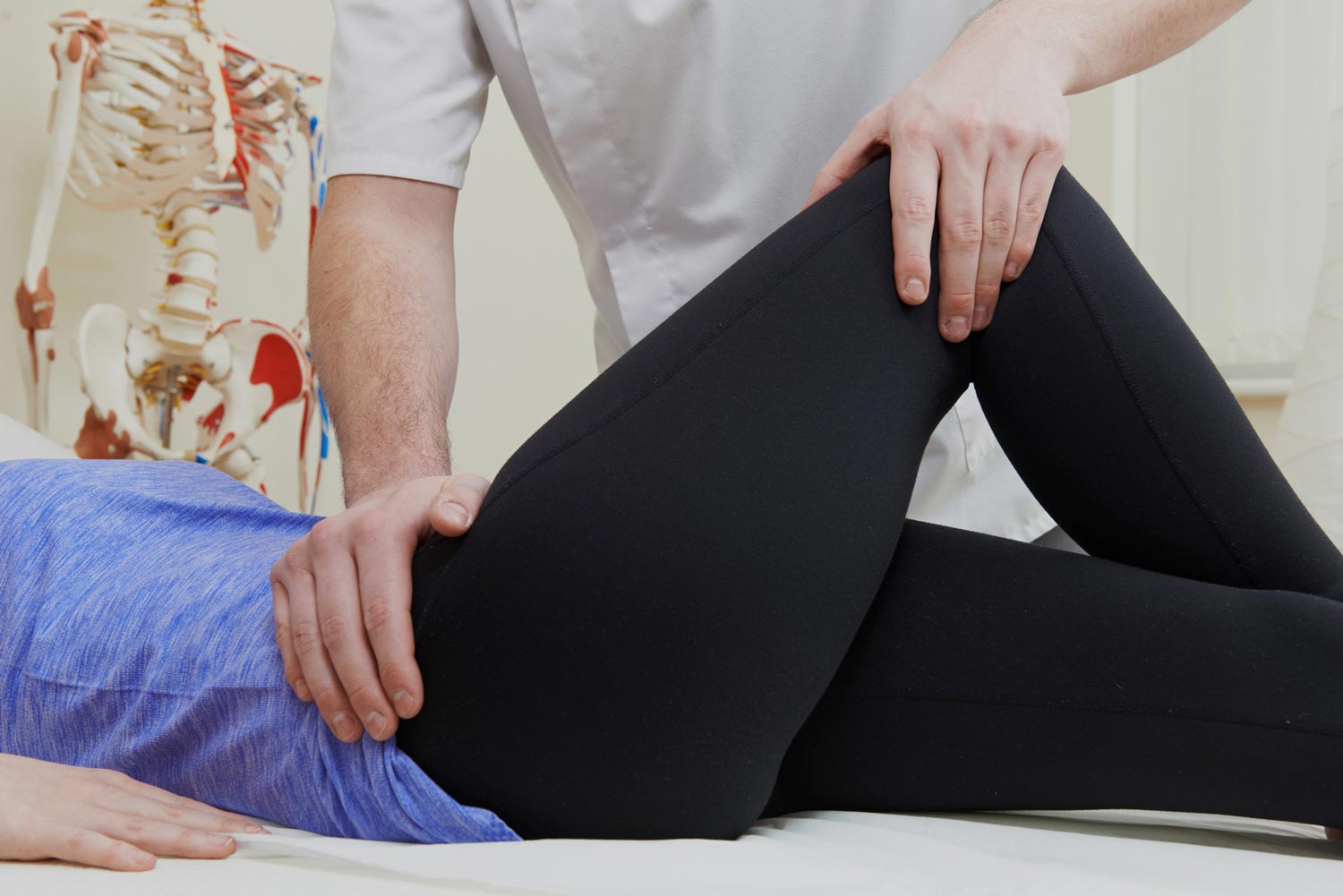All About the Pelvic Floor
 Many of you who have navigated to this page probably have heard about the pelvic floor and understand where it generally is, but there is a good chance that you are still confused about exactly what it is. So, in today’s blog we are going to introduce general knowledge of where the pelvic floor is as well as its relationships to the hip and the back.
Many of you who have navigated to this page probably have heard about the pelvic floor and understand where it generally is, but there is a good chance that you are still confused about exactly what it is. So, in today’s blog we are going to introduce general knowledge of where the pelvic floor is as well as its relationships to the hip and the back.
I suggest that you take a minute now to scroll down to the video and watch it prior to reading the rest of this blog. In the video you can see the pelvic floor in my model and its’ relationships to the hip and the spine.
Layers of the Pelvic Floor
The pelvic floor has 3 layers, and depending on the condition, you may have dysfunction or trigger points in any one of these layers or a combination of the 3 layers. It is interesting to note how many separate muscles we have in each layer as well as how big they are.
Notice that the muscles in level 1 are much smaller than those in level 3, but they all must function together to provide stability for our organs and hips.
Ligaments of the Pelvis, Back and Hips
We also have a series of ligaments that overlay the muscles and help to connect movement from our legs to our core. If we look at the way they are positioned, it is interesting to note that some of them make an “X” shape across our sacrum.When a physical therapist assesses functional movement patterns (walking, squats, step ups, etc.), we take note of the transfer of forces through these areas. It helps us to explain why we sometimes have pain on the opposite side of dysfunction.
Shared Muscles Between the Pelvic Floor and Hips
Lastly, if we look at the hip’s proximity to the pelvic floor, we can understand how some conditions that affect one area could quickly affect another. Some of the pelvic floor muscles including the piriformis and obturator internus share attachments with the hip and assist it in rotation. This rotational component changes depending on hip flexion. Sometimes the best way to alleviate a hip concern is through assessment and treatment of the pelvic floor in conjunction with standard orthopedic measures.
Long-standing Hip or Back Pain? Come in for an Assessment!
If you have a long-standing hip or back concern, you might want to consider getting a pelvic floor and orthopedic assessment. At the Center for Spine Care and Mobility, I work as a pelvic and orthopedic physical therapist and will gladly assess your movement and procure a treatment program specific to your needs.
If you have any questions regarding the pelvic floor, feel free to contact me at ayoung@spinecareny.com and I will gladly respond!
